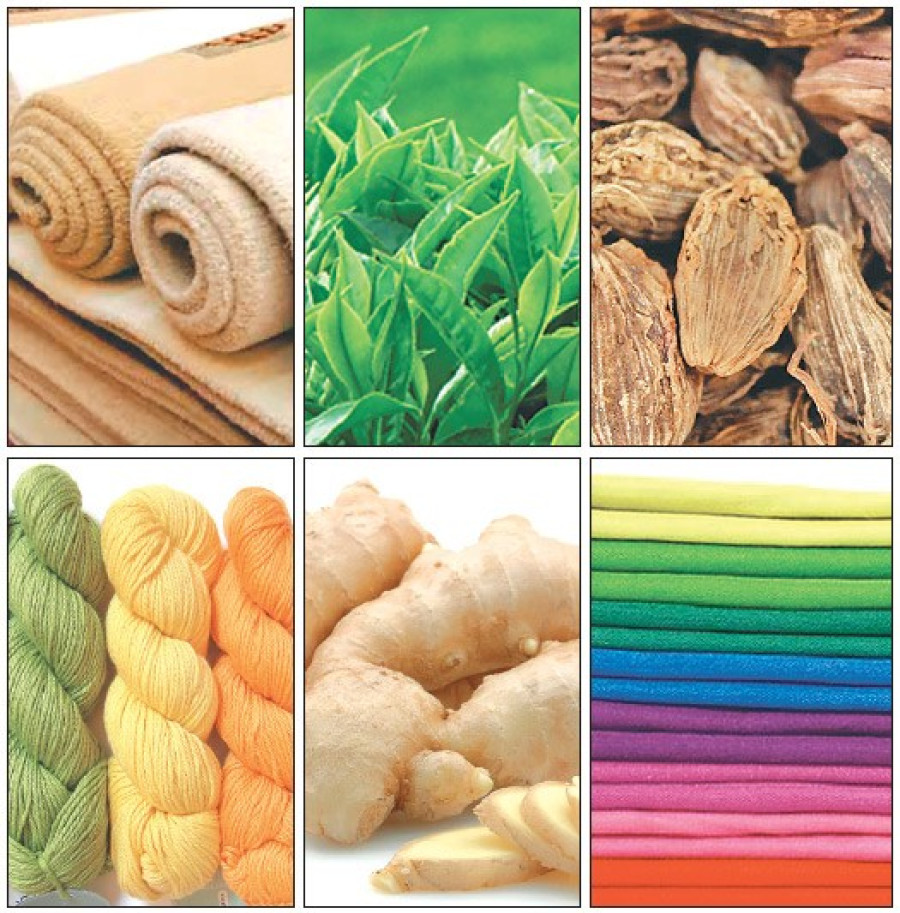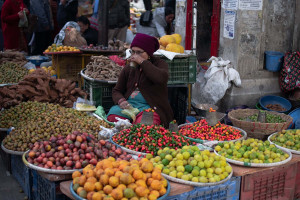Money
Government hikes export cash incentives to 5 percent
Nepal’s exportable goods will now be eligible to receive up to five percent cash incentive from two percent, as per the new provision introduced by the government in a bid to boost export earnings.
Nepal’s exportable goods will now be eligible to receive up to five percent cash incentive from two percent, as per the new provision introduced by the government in a bid to boost export earnings.
The Cabinet okayed the new provision last week to provide cash incentives of three to five percent to exportable goods based on their domestic value addition. Earlier, exporters used to receive cash incentives of one to two percent, provided the value addition inside the country was at least 30 percent.
As per the new provision, the Ministry of Industry, Commerce and Supplies has identified 26 exportable items that are eligible to receive the cash incentives.
The provision will now provide incentives to goods exported to the southern neighbour. The previous provision used to provide incentives only to goods exported to the third country.
The Ministry’s Spokesperson Navaraj Dhakal said the new provision is expected to check the country’s widening trade deficit. “It could also help the country earn more foreign currency at a time when the country is facing increasing pressure on its balance of payment due to excessive rise in import bills,” said Dhakal, adding that the ministry has selected the goods based on their export statistics in the past few years.
As per the ministry, incentives of up to five percent will be provided to 15 goods that include processed tea, processed coffee, handicrafts and wooden crafts, leather goods, handmade papers and related products, processed herbs and oil products, precious stones and jewelries, finished goods made out of allo and mineral water.
Goods such as turmeric, vegetables, flowers, processed honey, cardamom and ginger and related products are also eligible to receive the cash incentives, provided these products are exported to countries other than India. The goods receiving five percent incentive should have 50 percent value addition inside the country.
Likewise, 11 items have been listed for three percent cash incentives. These include textiles, readymade garments, carpets and woolen products, pashmina products sold under the brand of collective trade mark logo of ‘Chyangra Pashmina,’ gold and silver jewelries, semi processed leather, drugs, felt items, copper utensils and yarn made out in polyester, viscose, acrylic and cotton.
The ministry has formed a nine member committee under the Commerce Secretary to assess the exported goods to be eligible for receiving the incentives. The exporters can receive the incentives by opening an account with Nepal Rastra Bank. They need to submit related documents within a week of the final day of every month in which the export is done.
In case of goods exported to the third countries, the exporters need to submit evidence of earning foreign currencies. For goods exported to India, they have to produce letter of credit and receive Indian currency as a payment for the exported goods.
Traders welcomed the government’s move to increase the cash incentives. “However, the effectiveness of the measure depends on how easily the exporters will receive declared incentives amount,” said Dharma Raj Shakya, president of the Federation of Handicraft Associations of Nepal. Durga Bikram Thapa, president of the Nepal Pashmina Industries Association, expressed his skepticism over the new rule in benefitting the small and cottage industries. “As the provision has facilitated the exporters in particular, it is less likely that the benefit will be passed on to small producers who actually contribute in the value addition of these exportable items,” Thapa said.
The government introduced Cash Incentive Scheme for Exports through the budget of fiscal year 2010-11, as Nepal’s exports cover a limited number of goods and remained concentrated in a handful of markets.
In the beginning, the government announced incentives of up to four percent.
It was later reduced to two percent after the scheme failed to boost export earnings.
It also failed to achieve the goal of country wide trade diversification.




 19.12°C Kathmandu
19.12°C Kathmandu














